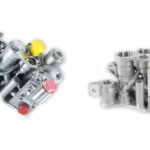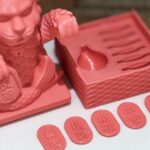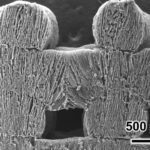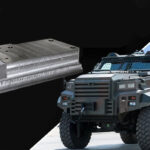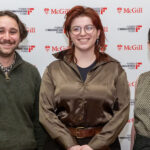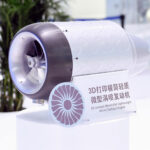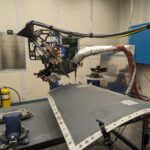As 3D printing goes more mainstream, users and manufacturers alike are becoming increasingly interested in DfAM (design for additive manufacturing). Who doesn’t want to reduce material usage, cut print times, and improve part functionality and performance? Nobody, that’s who. But wanting a thing isn’t the same as getting a thing, so users who add MSC Apex Generative Design to their design workflow will get all the benefits of DfAM while improving productivity by 80%.
Combining CAD & CAE
Generative design is spreading like dandelions because it merges CAD (computer aided design) with CAE (computer aided engineering). Historically, these fields were separated by software suites and even expertise; the person that engineered the part and the person that modeled it to be manufactured would not necessarily be the same person. Engineers had to use their knowledge of material properties and a lot of math to optimize designs while the CAD modeler required extensive knowledge of manufacturing processes to optimize the CAE meshes into 3D models for fabrication. Over time, more and more simulation tools became available to engineers to streamline geometry optimization on their part.
Now, those tools have progressed to the point that they’re available to CAD modelers. Generative design is essentially automated iterative design, where multiple versions of a geometry are produced and tested one after another, achieving small improvements with each iteration until no more improvement can be realized. Generative design uses computational power to rapidly simulate hundreds or thousands of iterations in moments to find the optimized geometry. Users can set the bounding box as well as load requirements, forces, and anchor positions, which are called constraints, and the software outputs optimized models. DfAM constraints also factor in the limits of the desired 3D printing technology, further optimizing parts for printability.
MSC Apex Generative Design combines elements of MSC Simufact (metal) and MSC Digimat (polymer) for build process simulation, providing engineers and designers with a wide range of material constraints. These tools allow users to easily tweak their constraints and dictate whether they want more stress distribution or more weight reduction. Their software also automatically converts CAE meshes into CAD models, which is a huge time saver. Other tools like intelligent smoothing, lattice structures, and stress constraint optimization further improve productivity.
Iterating and testing designs once took days and weeks per iteration and now hundreds of iterations can be digitally tested and optimized per second. MSC is smart to hop on the generative design train. It’s going places.
Images courtesy of MSC Software.


